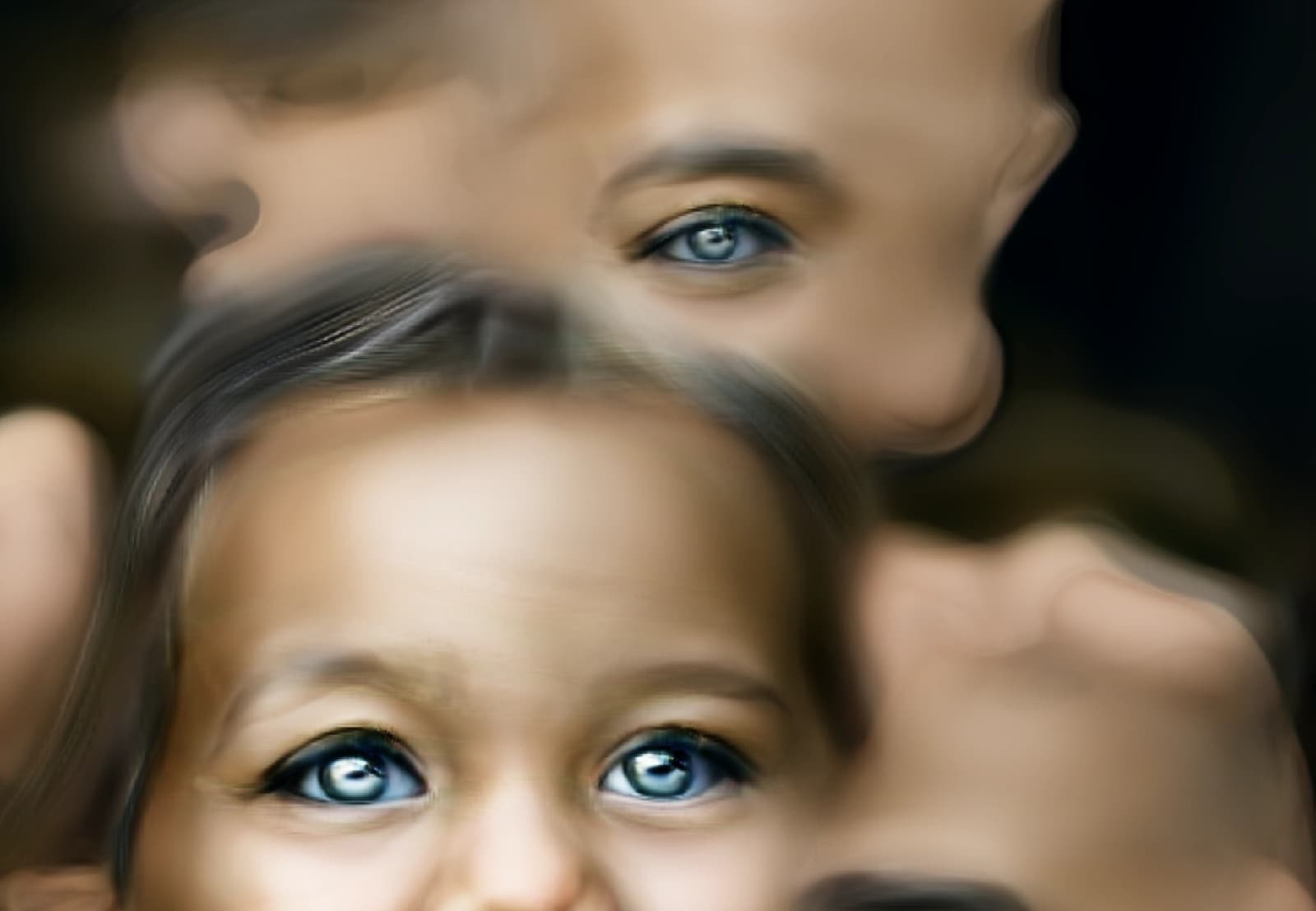IN
IN
JPN
EN
Join Our Communities

Klingemann was invited to design an installation for the Tezos exhibition at Art Basel Miami, Human + Machine, enabling visitors to interact with the art and then mint their own NFTs based on the generative work Klingemann created.
The exhibit was open for 36 hours over five days, with 4,600 NFTs minted, translating to 2.14 NFTs minted per minute for all of Art Basel Miami. According to Klingemann, the work in the booth was based on a previous artwork called Memories of a Passer By and used a feedback loop engine.
The feedback loop engine, he said, allows complexity to develop from simple rules. “It introduces an unstable system that can drift off in interesting ways.”
The feedback loop was made up of two neural networks working with faces. One network would take an image and look for face-like features. It would then demark the facial features it saw, such as eyes, nose, lips, and mouth-shape, and then create a map of the data.
The second neural network turned the process around and then tried to create a face from the original data. Each work was unique, based on the visitor’s own face, and those visitors were then able to mint the work on the Tezos blockchain.
“Whenever a visitor steps in front of the camera connected to the neural networks, they become a small element of the overall system,” he said.
Klingemann began creating digital art in the 1980s, fascinated with technology and the power of code. Over the years, he found a way to make these techniques part of his art practice.
“It’s been a long journey. I started out making Photoshop filters, and those filters look like generative art now.”
One key aspect of his work is achieving autonomy for the machines used, so the machine creates the work by itself. “This is tricky because it’s the person pulling the strings, and [my vision] wasn’t really possible until about ten years ago.”
Part of the problem is that not all digital works are suited to printmaking. In the past, it wasn’t easy for a digital artist to make a living, involving either selling USB sticks or creating prints. The rise of NFTs changed all that, he said. “With NFTs it all became easier and more logical.”
As he puts it, he started minting under the radar and then moved to Ethereum. But Ethereum, with its Proof of Work consensus mechanism, has well-known problems, including high gas fees and its carbon footprint. “Then I stumbled across Tezos and Hic et Nunc and became a happy camper there.”
One thing he liked about H=N, as it’s known, was its emphasis on the art rather than selling the art. Klingemann isn’t shy about saying many artists followed him to H=N, and the community grew quickly.
But in November 2021, it all came to a grinding halt. H=N’s founder metaphorically pulled the rug out from under the site, shutting it down.
“The founder [of H=N] had different ideas about the site to how I saw it. He thought we were colonizing the space and barging in,” says Klingemann.
But the beauty of Web3 is that H=N had only one interface, and because it was built on open source, there were mirrors. Alternative sites quickly sprang up.
“The community is trying to build a new H=N, one that’s supposed to have all the good things and make everyone happy. And that is difficult,” said Klingemann. “Democracy is difficult if you want to do it right.”
AI portrait by Mario Klingemann